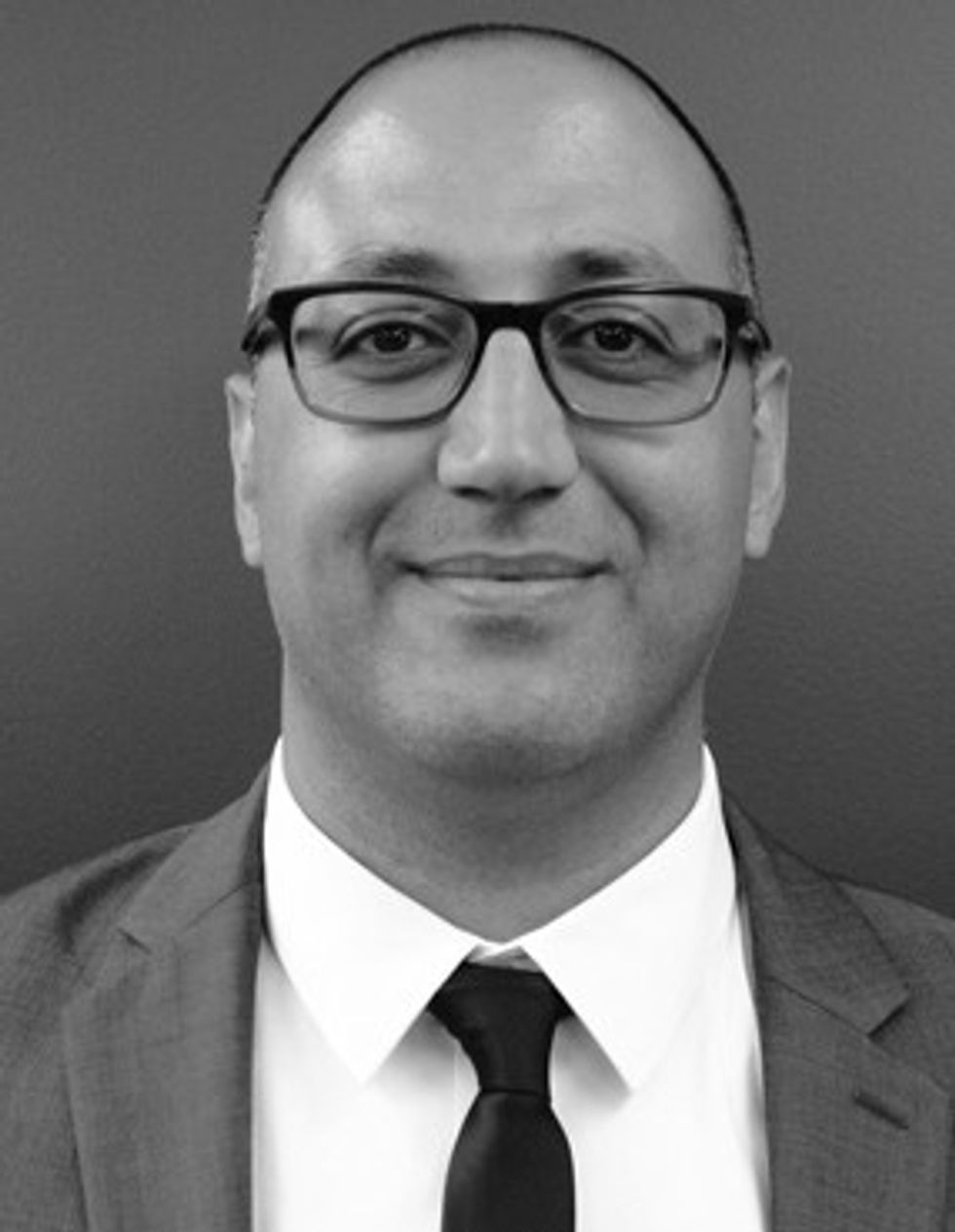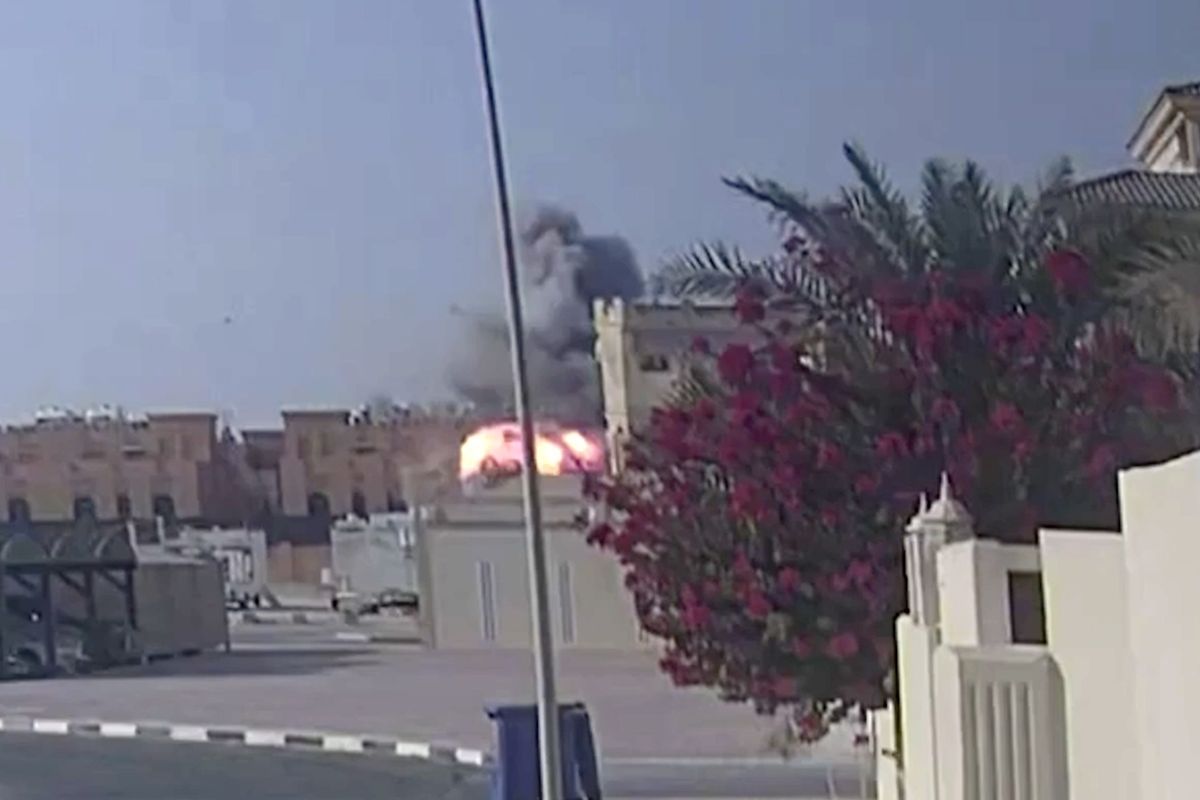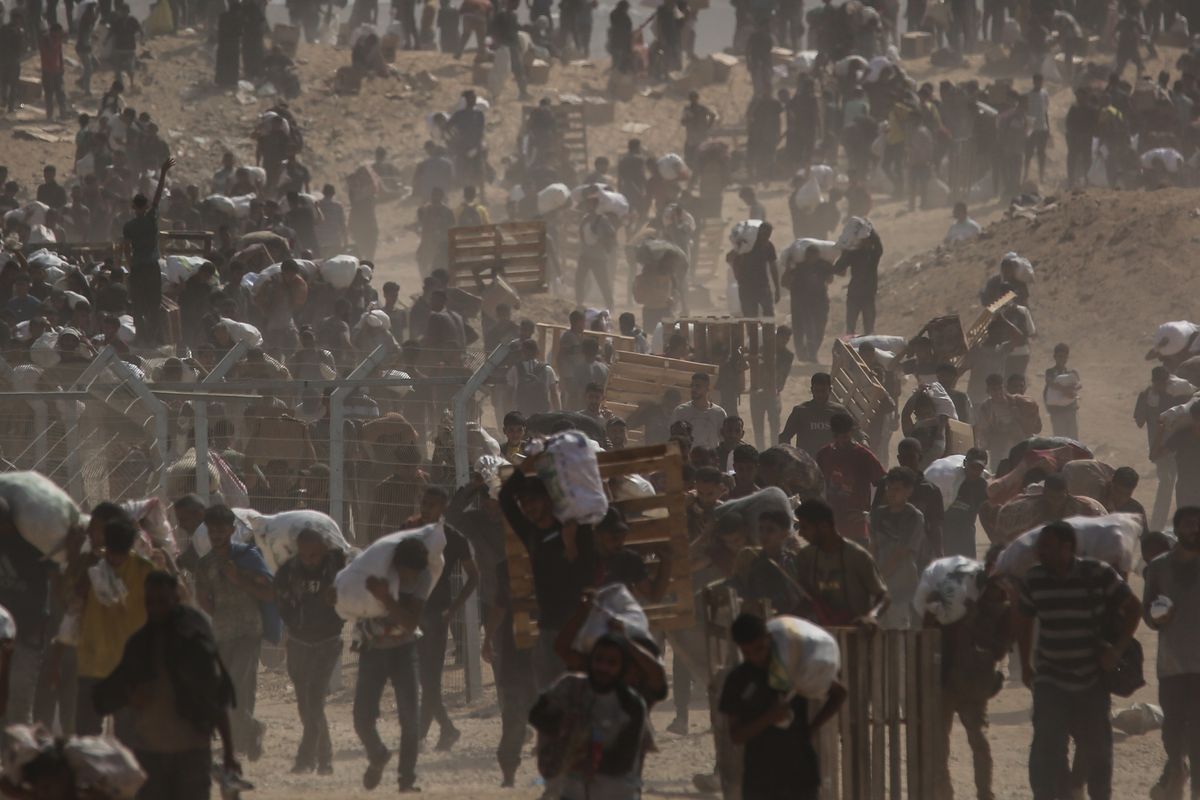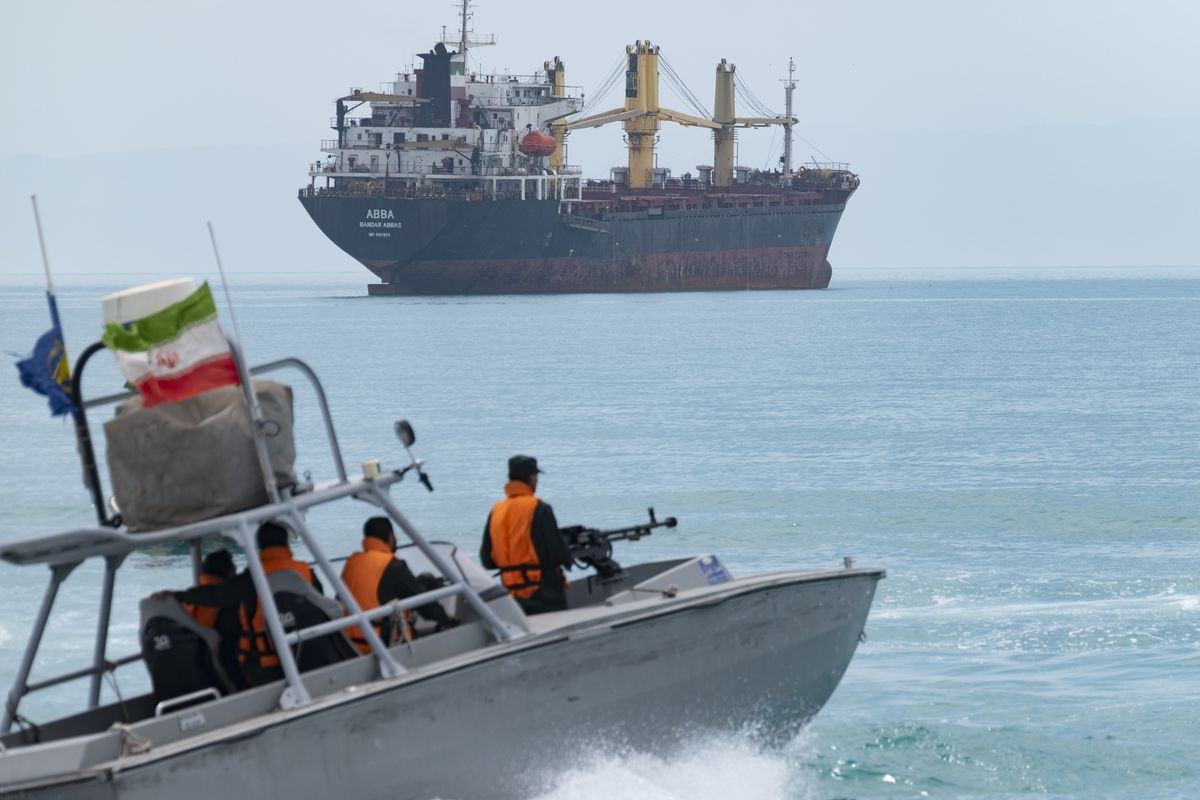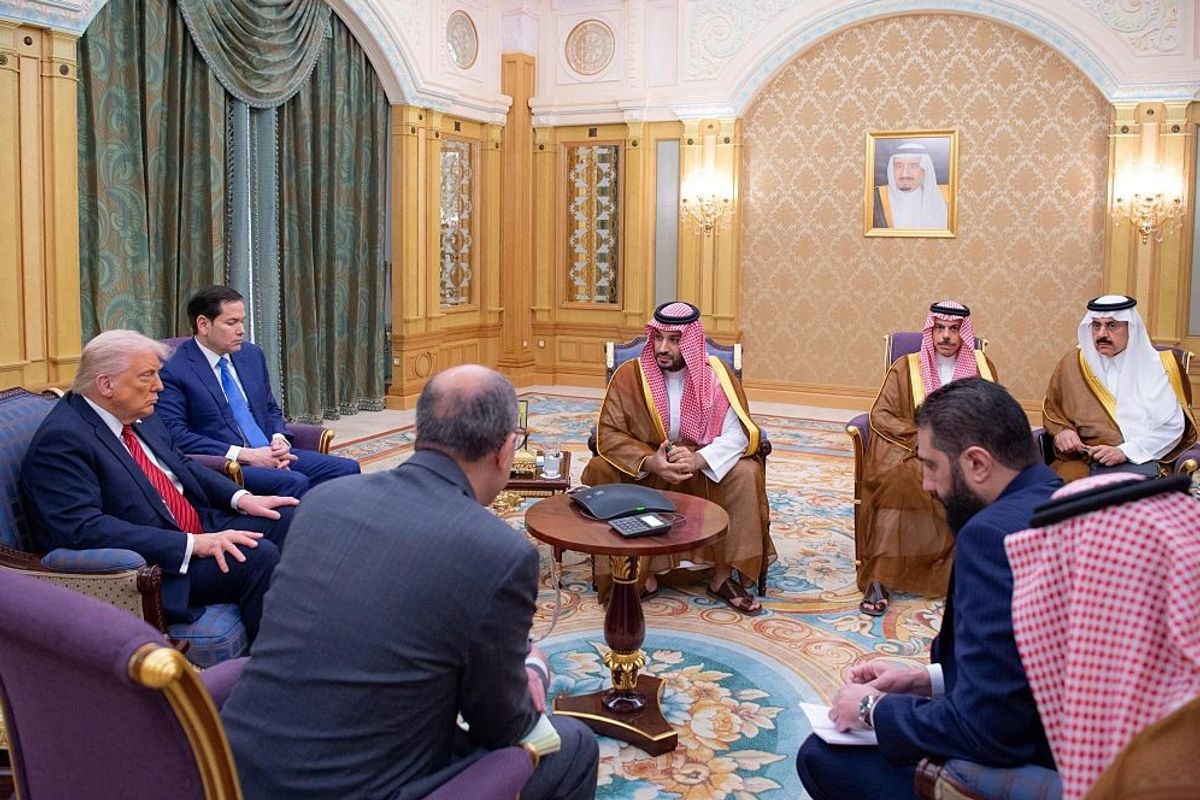Bottom Line: Syria’s chemical weapons program not only contributes to a tragic humanitarian situation, but its uninhibited use and maintenance creates strategic implications for the West and Israel. Limited military response seeking to degrade Syria’s stockpiles and logistical facilities sends a message, but Assad has shown his intent to continue developing, storing and using these capabilities. Should Syria – backed by Iran and Russia – continue to harbor chemical weapons, it could become the staging ground for the proliferation of such weapons to Hezbollah and others in the future.
Background: The origins of Syria’s strategic pursuit of chemical weapons is in its joint preparation with Egypt for the October 1973 offensive against Israel, receiving from Egypt artillery shells and aerial bombs equipped with sarin nerve agent and mustard blistering agent. Following the March 1979 Camp David Accords between Egypt and Israel, Syria sought to develop its own indigenous chemical warfare program, operationalizing it in the 1980s by acquiring dual-use precursor agents sourced from Western European companies primarily in Germany and France.
- The role of Russia – and the Soviet Union before it – has been supplying key delivery systems for chemical warheads, including surface-to-surface Scud missiles. According to a September 2013 French intelligence assessment, Syria’s Scud C missile can deliver sarin, VX and mustard agent some 500 km; the Scud B missile can deliver sarin and VX 300 km; and Syria’s SS-21 and M600 missiles can deliver sarin, mustard agent and VX between 70 and 300 km. Other delivery methods that have become more common since the onset of the seven-year civil war include chloride gas-filled aerial “barrel” bombs dropped from helicopters, as well as chemical-infused hand grenades. A UN report leaked to the media in February 2018 found that North Korea, using a Chinese front company, had also been sending chemical weapons-making equipment to Syria since 2012.
- Under the direction of the regime of President Bashar al-Assad, the Syrian government has consistently relied on chemical warfare against both the opposition and civilians alike since 2012, with an estimated 34 uses to date. The largest-scale attack occurred in August 2013 when the regime launched sarin-laden rockets into the Damascus suburb of Ghouta, with the death toll ranging between 300-1500 deaths.
- At the time, Syria’s chemical arsenal was estimated to be one of the largest in the world, distributed across a number of production, storage and deployment facilities around the country. The September 2013 French intelligence assessment estimated some 1000 tons of chemical agents and their precursors in the country, including several tons of sulfur mustard, tens of tons of VX, and several hundreds of tons of sarin that made up the bulk of Assad’s arsenal. Syria’s sarin and VX are both reportedly stored in the more sophisticated binary, rather than unitary form, which means they are stored as separate canisters of precursors within the warheads that do not mix until deployed, and therefore are more stable to store, and require less preparation time to launch.
- The August 2013 chemical attack led to UN censure and a follow-on investigation that concluded the regime had been using chemical weapons on a “relatively large scale” during the war. By September 2013, the U.S. and Russia reached an agreement and the United Nations Security Council passed Resolution 2118, requiring Syria sign the Chemical Weapons Convention and allow Organization the Prohibition of Chemical Weapons (OPCW) personnel to oversee the destruction and transfer of chemical agents out of Syria beginning in October 2013.
- The elimination of Syria’s declared chemical weapons material and equipment was announced in August 2014. Key issues with implementing the complete destruction of Syria’s chemical weapons, however, include verification, access to a distributed network of often-secret facilities, and the security of stocks – some of which were in sites reportedly overrun by ISIS – and international personnel operating amidst an ongoing civil war.
- After a lull in Syria’s use of chemical weapons like sarin, evidence points to continued use of chlorine gas in Idlib province with notable incidents occurring in April 2014 and again in March 2015. Chlorine was not on the agreed list of prohibited substances that Syria has been told to destroy due to its commercial purposes, but its use as a weapon is still banned under the CWC. Since U.S. President Donald Trump took office, the U.S. and other western powers claim that the Assad regime has returned to using nerve agents such as sarin alongside chlorine-filled barrel bombing, including the Khan Shaykhun attack in April 2017 and again in January and April 2018 on the eastern Damascus suburb of Duma. Assad, and its ally Russia, reject those charges.
David Shedd, former Acting Director, DIA
“In the absence of access to unique information and insights that would be derived from sensitive source reporting from inside Syria, it is difficult to evaluate what Syria retained by way of weaponized chemicals after August 2014 when it announced the destruction of its chemical weapons holdings, or for that matter, what Syria has been able to reconstitute as a chemical weapons arsenal. That said, it appears that some of the chemicals used by the Assad regime are not particularly complex or difficult to reproduce such as weaponizing chlorine. The delivery of the chemicals by the regime have also been relatively crude such as dropping barrel ‘bombs’ on Assad’s own people.”
Issue: Given Assad’s continued use of chemical warfare against his own population, it is clear his chemical stockpiles have not been destroyed – or that enough material and manufacturing capability remained enabling the regime to reconstitute the program. It is unlikely Syria is willing to give up its chemical weapons arsenal due to tactical, psychological and strategic reasons that go far beyond the current civil war Assad finds himself embroiled in.
- Tactically, chemical weapons lend the Syrian armed forces a standoff capability to disperse enclaves of entrenched opposition and keep them in retreat while limiting government casualties. “The Syrian regime has repeatedly used chemical weapons to compensate for its lack of military manpower, to achieve battlefield goals, and to compel rebel surrender, especially when the regime believes critical infrastructure or territory in the core of the country to be at risk,” the April 2018 White House statement said. “The regime has also demonstrated a willingness to use chemical weapons against entrenched opposition forces to maintain offensive momentum,” it added.
- But there is more to Syria’s continued use of chemical weapons than its tactical battlefield gains. It messages the brutality the regime is willing to direct at Syria’s Sunni majority, which makes up the bulk of rebel forces and holdout enclaves. It also spotlights Assad’s ability to act with impunity without the threat of the Western coalition crippling his war machine, which dissuades future rebellion.
James Jeffrey, former U.S. Ambassador to Iraq and Turkey
“Both Iran and Assad are committed to total control of Syria and its use for power projection by Iran against the will of most Syrians. The brutality of the level of Assad is necessary because if the Sunni Arab majority in Syria could ever ally with a U.S. serious about stopping both a humanitarian tragedy and Iranian expansion, the ‘coalition’ the U.S. could put together with states with similar goals – Arab lands, Turkey, Israel – would be impossible to defeat. So the plan is to ‘eliminate’ by death, horrific intimidation or population transfer a potentially potent majority of Syrians before such a coalition forms.”
Response: To contain Syria’s chemical weapons program, the U.S., France, the UK and in separate operations, Israel, have targeted known research, production, storage and distribution facilities with diplomatic censure or sanction, or military strikes.
- The Scientific Studies and Research Center (CRES) is the chief Syrian government agency responsible for the country’s chemical arsenal. In August 2013, U.S. intelligence assessed that it was responsible for preparing the chemicals used in deadly sarin attacks in Ghouta, while the French specifically blamed CRES’ “Branch 450” for filling munitions with chemicals and securing the stockpiles. Following the April 2017 chemical attack on Khan Shaykhun, the U.S. Department of Treasury imposed sanctions on 271 employees of the center for their role in producing chemical weapons.
- The April 2017 sanctions coincided with the U.S. launching 59 cruise missiles against Shayrat airbase near Homs. In April 2018, the UK, France and the U.S. conducted joint strikes against Syrian chemical infrastructure, included two storage facilities and the Barzah research center north of Damascus. But limited military responses have had little impact on Syria’s production and use of relatively crude chemical weapons, such as chlorine-filled barrel bombs, in the past. Since June 2017, after the Trump administration and Israel targeted Syrian airbases and chemical stockpiles, the White House has admitted that it still has identified over 15 incidents of chemical attacks in East Ghouta alone.
- A full-scale intervention to secure and destroy Assad’s chemical arsenal could prevent it from further use. It would require seizing and securing different facilities, destroying stockpiles and interdicting the movement of delivery components, but would take 75,000 troops according to the Pentagon’s estimate. That is a bit under half the 150,000 U.S. troops plus over 20,000 allied forces employed to invade Iraq in 2003. They would be entering a hostile battlespace protected by Russian and Syrian anti-aircraft systems and Syrian ground forces, as well as a patchwork of anti-Western militant groups. The resulting combat would likely cause Western casualties and delay rapid seizure of Syrian chemical facilities, such that volatile agents to fall into the hands of nonstate actors, including extremist groups.
Doug Wise, former Deputy Director, DIA
“The Syrian government must be weighing the international consequences against the benefits of terrorizing the Syrian people. They clearly see there’s a long-term benefit of using these chemical weapons and that benefit is greater than any price they have to pay. Assad sees his regime as having durability and he needs to show current and future threats he’s prepared to take any action to preserve his ability to govern.”
David Shedd, former Acting Director, DIA
“There appears to be little to no fear of a widespread or lasting international response, knowing that Assad has the support of Russia and Iran for his ruthless attacks on innocent Syrians. The military response has yet to credibly force a permanent recalculation by Assad and his regime whereby the cost of using chemical weapons is judged by Assad to be greater than the benefit he and the regime derives by creating a climate of fear among those who resist the regime. Absent the removal of not only Assad and his regime, along with the dislodging of the Russians and Iranians (along with Lebanese Hezbollah) from Syria, there will be no guarantee for the United States and its allies that Assad’s chemical weapons arsenal has been totally destroyed. While Assad is in power, there is also no guarantee that he will not use chemical weapons against his own people again.”
Tony Badran, Research Fellow, Foundation for Defense of Democracies
“Use of force against Assad should not be predicated solely on his use of chemical weapons. Rather, the U.S. should use it at times and places of its choosing. In other words, deterrence should be widened to encompass Assad’s chemical weapons capability, not simply its battlefield use. His intentions have been made clear numerous times.”
Looking Ahead: Assad’s continued use of chemical weapons seeks to desensitize the world to their use and proliferation – and to establish Syria’s chemical arsenal as a guarantor of power by threatening one of the West’s closest allies: Israel.
- Syria and Iran have worked together on their chemical weapons programs and could seek to proliferate their capabilities to Hezbollah in Lebanon to strengthen their position against Israel. This could include setting up the potential for a first-use strike to neutralize Israeli military targets such as airbases and command and control centers prior to seizing the Golan Heights before Israeli forces could mobilize its reserves.
- Israel has laid down a “red line” should Syria or Iran seek to arm Hezbollah with chemical weapons, at times targeting Syrian regime weapons transfers and its known facilities along the Lebanese border. Therefore, as part of its efforts to reduce Iran’s expanding influence and ability to arm Hezbollah should Assad fall, the U.S. may target Iranian missile storage sites when seeking degrade Syria’s chemical program.
Tony Badran, Research Fellow, Foundation for Defense of Democracies
“Proliferation to Hezbollah has been a concern, especially for the Israelis, who have publicly declared this as one of their red lines in Syria. The Israeli air force has hit a number of targets associated with the Syrian chemical weapons and ballistic missile program, most notably the September 2017 strike in Masyaf. In fact, there were unconfirmed reports in June 2016 that the Israelis struck a site in the same area south of Homs (Shinshar), not far from the Lebanese border, where the latest U.S. strikes hit a chemical weapons-related site. It’s unclear if the Israelis were targeting anything related specifically to chemical weapons capabilities going to Hezbollah, or if it was simply missile-related.”
David Shedd, former Acting Director, DIA
“The regime alongside the Russians and Iranians will go to great lengths to prevent non-state actors that they oppose from getting Syria’s chemical weapons. One exception is Lebanese Hezbollah and even then, there is little value in Lebanese Hezbollah taking Syria’s chemical weapons that appear to significantly more rudimentary than what Iran can provide directly to Hezbollah.”
James Jeffrey, former U.S. Ambassador to Iraq and Turkey
“Iran has an agenda beyond Syria aimed at the Israelis, Saudis, Jordan and even Turkey. Thus providing chemical weapons to Hezbollah is logical and Tehran’s assumption probably is Russia will have to support such actions. The problem is that unlike the Syrian population, Israel, Arab states and Turkey, particularly if backed by a U.S. returned from foreign policy fantasy land, have capabilities to take very serious action against Iran and Assad. But will Russia back them then?”
Levi Maxey is a cyber and technology analyst at The Cipher Brief. Follow him on Twitter @lemax13.






